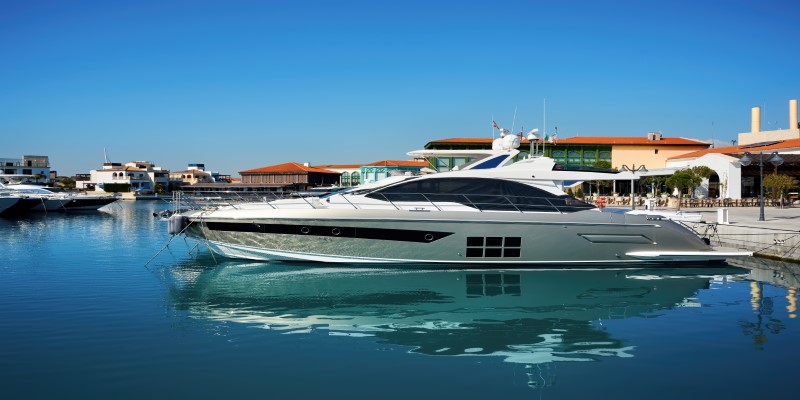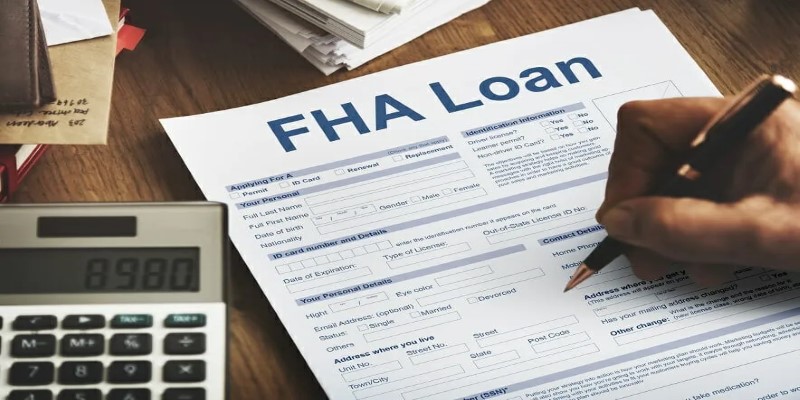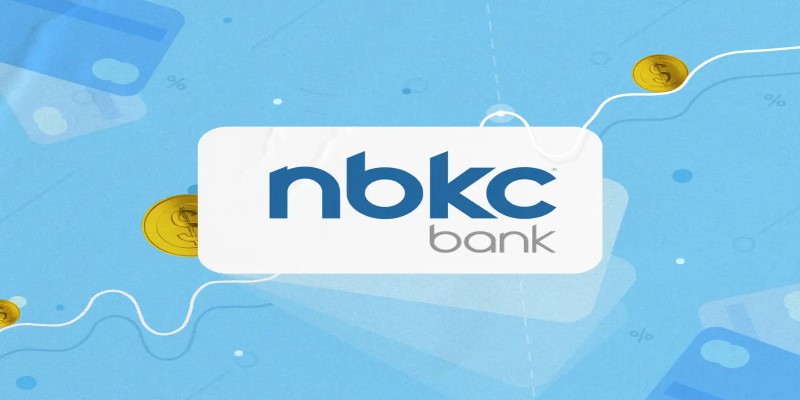Boat Loan Terms Explained: What’s the Average Duration
Buying a boat is a big financial commitment, and most people don’t have the cash to pay for one upfront. That’s where boat loans come in. Whether you’re financing a small fishing boat or a luxury yacht, understanding the average boat loan term is crucial for planning your payments and budgeting for the long run. Unlike car loans, which typically last five to seven years, boat loans can stretch for much longer. Some buyers prefer shorter loans to minimize interest, while others opt for extended terms to keep monthly payments low.
If you're thinking about buying a boat, it's important to know what kind of repayment period you'll be dealing with. Lenders offer a range of financing options, and the typical boat loan duration depends on the loan amount, interest rate, and your financial situation. In this guide, we'll break down the standard loan terms, factors that affect repayment periods, and how you can choose the best financing option for your needs.
Standard Boat Loan Terms
When it comes to financing a boat, the loan term can vary significantly. The average boat loan term usually falls between 10 and 20 years, though shorter loans of five to seven years are also available. For smaller loans—say, for a modest fishing boat—lenders might offer repayment terms similar to car loans. However, if you're financing a larger vessel, such as a yacht, you might be looking at loan terms of up to 25 years.
Most banks and marine lenders model boat loans similar to home loans. The longer the repayment term, the lower the monthly payment, although you will end up paying more interest over time. This is the reason some buyers opt for shorter periods of financing if they can afford higher monthly payments. This helps cut down the overall cost of the loan.
The size and type of boat finance are also considered in order to come up with a repayment schedule. Small boats, due to their low price, normally have shorter financing periods, while high-priced boats often have longer loan terms to ensure one can pay for them. Also, some lenders have a minimum loan amount for longer terms, meaning you may have to borrow a certain amount to qualify for a marine loan repayment period of 15 or 20 years.
Factors That Affect Your Loan Term
Several factors influence the typical boat loan duration you’ll be offered. One of the biggest considerations is credit score. Just like with home and auto loans, a higher credit score usually means better loan terms, including lower interest rates and more flexible repayment options. Borrowers with excellent credit may qualify for longer terms and lower rates, while those with lower credit scores may have shorter repayment periods and higher interest rates.

Another major factor is down payment size. Lenders often require 10-20% down when financing a boat. A larger down payment reduces the total loan amount, which can lead to shorter repayment terms and less interest paid over time. If you put down less money, you may need to extend your loan term to keep your monthly payments affordable.
Interest rates also play a big role. A lower interest rate makes it easier to pay off a loan in a shorter time frame, while a higher rate can make long-term financing more expensive. Boat loan rates depend on market conditions, the type of lender, and your creditworthiness.
Lastly, lenders may restrict loan terms based on the age and condition of the boat. Newer boats are easier to finance with long repayment terms, while older boats may have shorter loan options due to depreciation and resale value concerns. Some lenders won't finance older boats at all, meaning buyers need to look at alternative boat financing options or pay cash.
Choosing the Right Loan Term for You
Picking the right loan term depends on your financial situation and long-term goals. Some boat buyers prefer shorter terms because they want to pay off their loans quickly and minimize interest costs. This approach makes sense for buyers who can afford higher monthly payments and don't want to be in debt for too long.

Other buyers prefer longer loan terms because they allow for lower monthly payments, making it easier to manage their finances. While this option results in paying more interest over time, it can be a good choice for those who want to keep more cash on hand for maintenance, insurance, and other boating expenses.
If you’re unsure which route to take, consider using a loan calculator to compare different scenarios. Entering the loan amount, interest rate, and repayment period will give you a clear picture of how much you’ll pay each month and the total cost of the loan. Many lenders also offer pre-qualification options, allowing you to see your loan terms without impacting your credit score.
Another important factor is how long you plan to keep the boat. If you intend to upgrade to a newer or larger boat in a few years, a shorter loan term may be better since you’ll build equity faster. On the other hand, if you see yourself holding onto your boat for a long time, a longer-term loan might make sense if it aligns with your budget.
Refinancing is also an option. If interest rates drop or your financial situation improves, you might be able to refinance your boat loan to secure a better rate or adjust your repayment term. Some lenders allow refinancing after a certain period, but there may be fees or restrictions involved.
Conclusion
Understanding the average boat loan term helps you make informed financial decisions when purchasing a boat. Loan durations typically range from five to twenty years, depending on the lender, boat price, and your credit profile. Shorter terms reduce interest but increase monthly payments, while longer terms offer lower payments with more interest over time. Before committing, assess your budget and financing options to find a term that balances affordability and cost-effectiveness, ensuring a smooth and manageable repayment journey.












